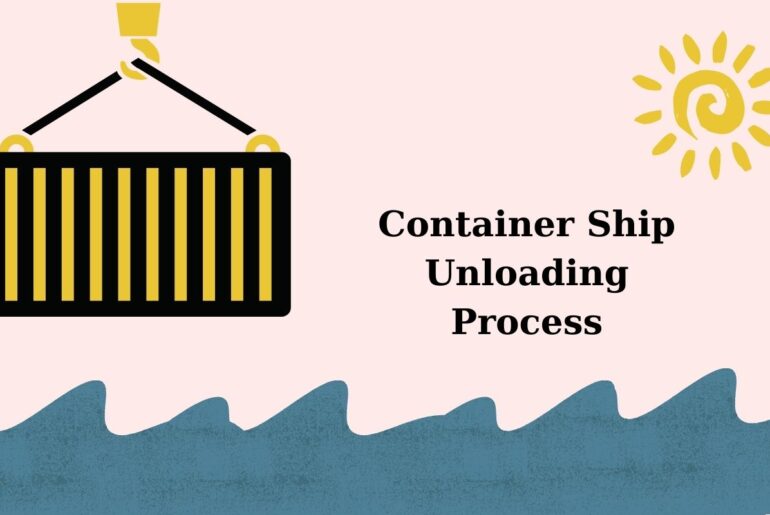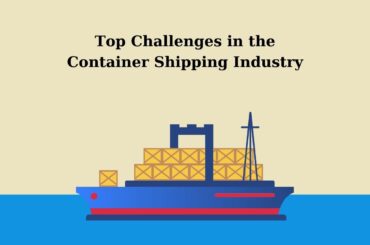Container shipping is at the core of international trade, providing goods with fast global distribution. A key aspect of container ship unloading involves unloading containers from massive ships at bustling ports – here are three simple yet essential steps involved with unloading your ship container!
Docking and Preparation Step for the Unloading Process
When a container ship reaches a port, tugboats guide it carefully to its berth. Once there, crew and port workers begin preparations for unloading operations: safety checks, securing the ship, and readying necessary equipment are essential steps towards an uninterrupted transition from open sea to controlled port environments.

Unloading the Shipment: Cranes and Precision
At the heart of the unloading process are specialized cranes. These towering machines, equipped with advanced sensor systems, lift containers from the ship’s deck precisely and efficiently. The containers are then placed onto waiting trucks or conveyor belts, balancing speed and care to prevent damage during the transfer.
Land Operations: Sorting and Dispatch
The containers enter an intense sorting phase when they reach a port terminal. Here, they are organized based on destination, type, and urgency – with sophisticated inventory management systems ensuring each one finds its designated storage area ready for its journey.
Final Dispatch: Connecting to the Global Network
Once goods have been organized for shipment, the final step involves sending them on their journey. By truck, train, or combination, containers continue their journey across international trade networks, connecting maritime arteries with global trading systems.
Conclusion The container ship unloading process is an efficient sequence of actions that enables the effective movement of goods worldwide. Every step, from arriving at the port to dispatching shipments, contributes to international commerce – demonstrating how cost-efficient container shipping logistics are.





